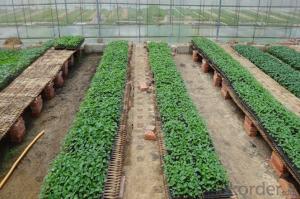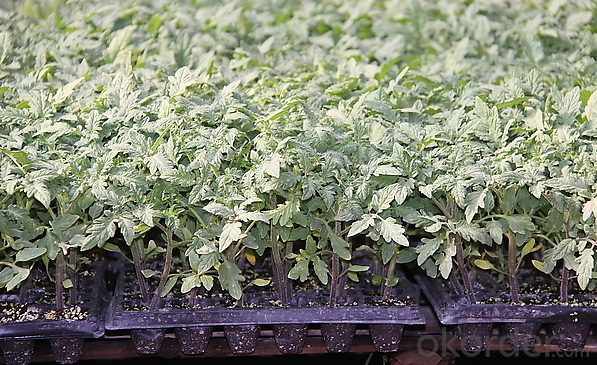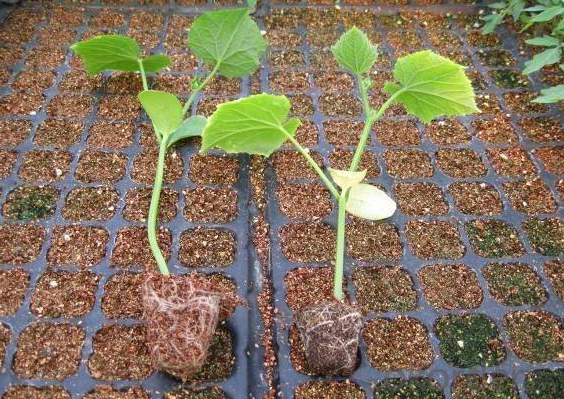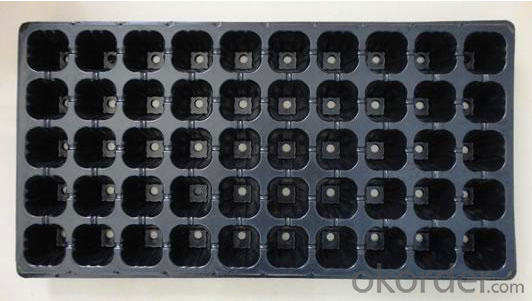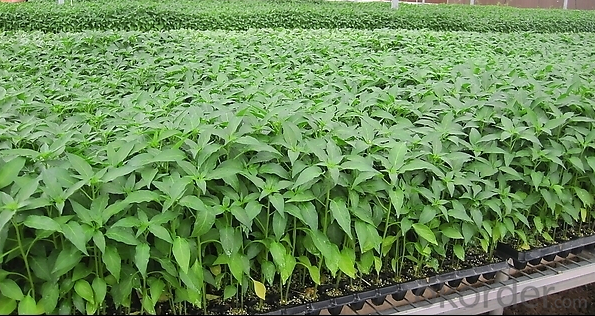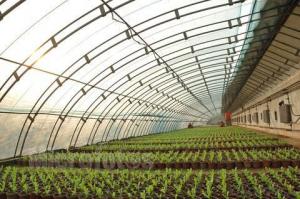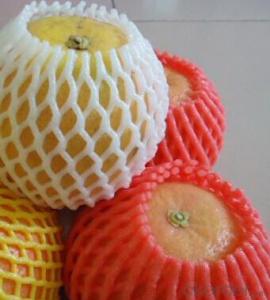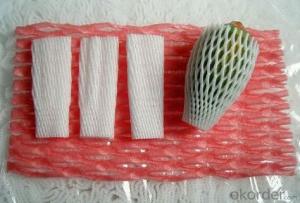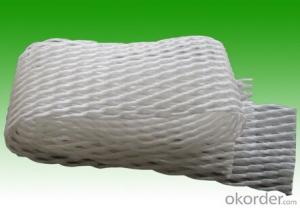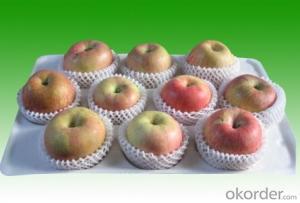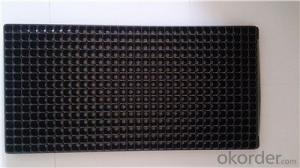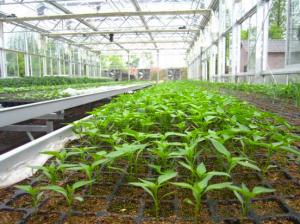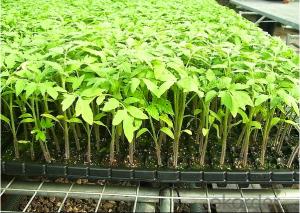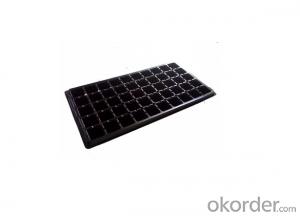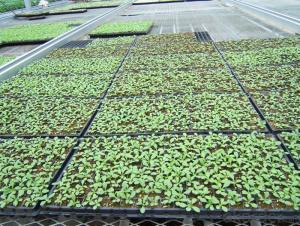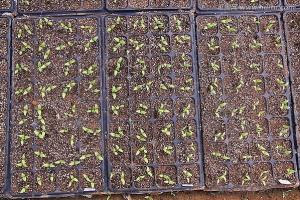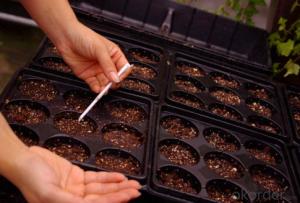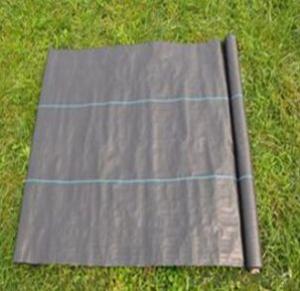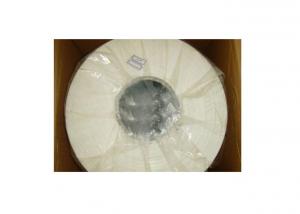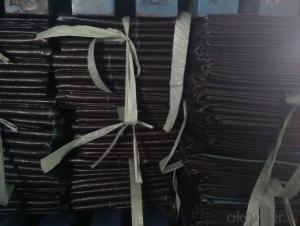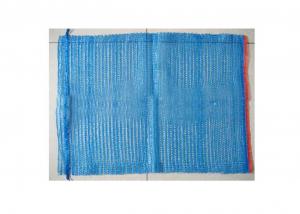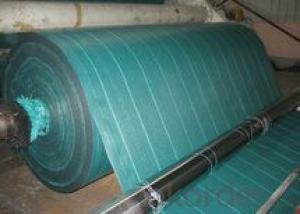50 72 Holes Poly Styrene Plug Tray for Nursery
- Loading Port:
- China main port
- Payment Terms:
- TT OR LC
- Min Order Qty:
- 3000 pc
- Supply Capability:
- 2000000 pc/month
OKorder Service Pledge
OKorder Financial Service
You Might Also Like
Specification of Plug Trays HIPS Made Plastic Plug Tray for Greenhouse (Growing and Seedling):
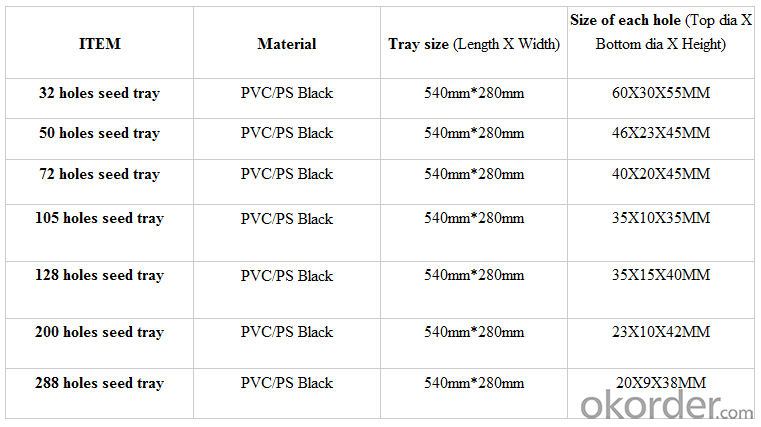
Features of Plug Trays HIPS Made Plastic Plug Tray for Greenhouse (Growing and Seedling):
· Material: HIPS
· Thickness: 0.5mm-1.5mm, Standard:1mm
· Weight: 80g(±5)g-230g(±5)g, Standard weight:155g(±5)g
· Size: length:490mm-540mm, width:190mm-345mm,depth:25mm-150mm
· Standard:540mmX280mm
· Cell count: 18-512
· Package: In Carton
· Warrenty: 8-10 times
Packaging & Delivery
Packing Detail: export standard carton or large bags
Delivery time: 4 million per momth after receipt of deposit
Advantage:
Waterproof, UV-resistant, extrusion-resistant
Easy carry for young seeding plant and grow
Service:
1. Quick, efficient and professional response within 24 hours, 14 hours online services
2. 10 years manufacturing and exporting experience in agriculture field.
3. Technical support and solution by chief engineer.
4. Strict quality control system & team, high reputation in the market.
5. Full range of irrigation products for choice
6. OEM/ODM services
7. Accept sample order before Mass Order
Picture of Plug Trays HIPS Made Plastic Plug Tray for Greenhouse (Growing and Seedling):
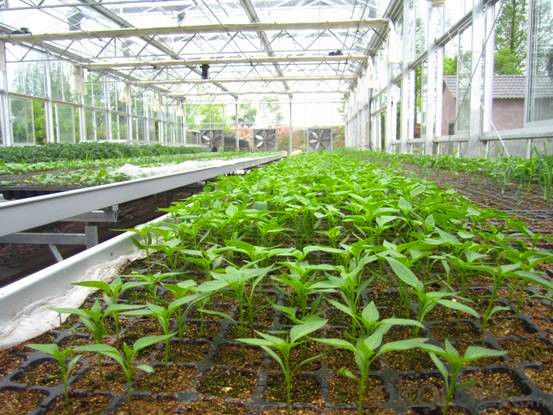
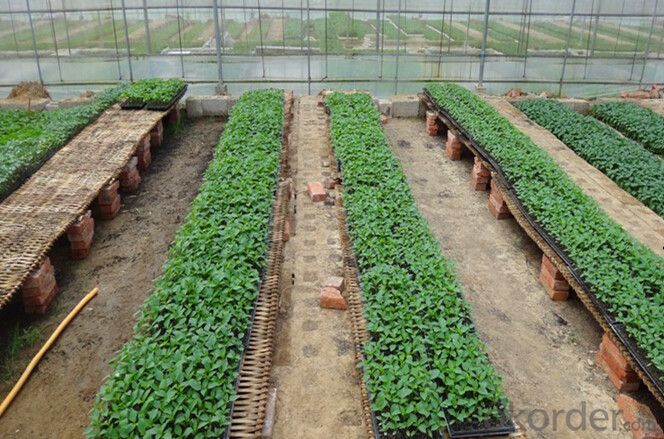
FAQ of Plug Trays HIPS Made Plastic Plug Tray for Greenhouse (Growing and Seedling):
Q: 1.How long is the production time?
A: Usually one to two weeks.
Q: 2.How is the seed tray being packaged?
A: They can be packaged in carton or pallets. Carton size is 1375px*725px*1250px.
Q:3.How many times can the seed tray be used?
A: Under the same environment, it is decided by the thickness. Usually 0.6mm thickness can be used for 1 or 2 times.
1.0 thickness can be used for 3-4 times. 1.5 thickness can be used for 8-10 times.
- Q: Can nursery trays be used for starting plants from stem cuttings?
- Yes, nursery trays can be used for starting plants from stem cuttings.
- Q: i am doing a project on why we should recycle plastic and i need to know the answer to my question
- Then plastic will take over the world.
- Q: Can ground cover plants be used to improve soil organic matter content?
- Yes, ground cover plants can be used to improve soil organic matter content. Ground cover plants, such as legumes or clovers, have the ability to fix nitrogen from the atmosphere and convert it into organic matter. As these plants grow and die, they contribute organic material to the soil, increasing its organic matter content. Additionally, ground cover plants help to prevent erosion and improve soil structure, leading to better water and nutrient retention.
- Q: What are some ground cover options for tropical gardens?
- Some ground cover options for tropical gardens include moss, ferns, creeping thyme, sweet potato vine, lantana, and mondo grass.
- Q: How do you control pests and diseases in ground cover plants?
- To control pests and diseases in ground cover plants, there are several effective methods. One approach is to regularly inspect the plants for any signs of pests or diseases, such as discolored leaves or wilting. If any are detected, it is important to take immediate action, such as manually removing the affected parts or using environmentally-friendly insecticides or fungicides. Additionally, maintaining good plant health through proper watering, fertilization, and adequate sunlight can help prevent the occurrence of pests and diseases. Finally, practicing crop rotation and maintaining proper spacing between plants can also help reduce the risk of pests and diseases.
- Q: Do nursery trays have handles?
- No, nursery trays typically do not have handles.
- Q: What factors influence a farmer's decision between biodegradable and traditional agricultural plastics?
- <p>Farmers consider several factors when choosing between biodegradable and traditional agricultural plastics. Cost is a significant factor, with traditional plastics often being cheaper. However, the long-term environmental impact and sustainability play a crucial role, as biodegradable plastics reduce soil and water pollution. The effectiveness of the plastic in terms of durability and crop protection is also considered. Additionally, government regulations and incentives for environmentally friendly practices can sway the decision. The availability of recycling programs and the farmer's personal values regarding environmental stewardship further influence the choice.</p>
- Q: Can nursery trays be used for cloning plants?
- Yes, nursery trays can be used for cloning plants. They provide a controlled and convenient environment for rooting and propagating plant cuttings, allowing for successful and efficient plant cloning.
- Q: This question asks for an overview of environmental regulations that govern the use of plastic products in agriculture.
- <p>Environmental regulations related to the use of agricultural plastic products vary by country and region, but generally aim to reduce pollution and promote sustainable practices. These may include regulations on the production, use, disposal, and recycling of plastic products. For instance, some areas enforce bans on certain types of plastic mulch films or require their recycling. There are also initiatives to promote biodegradable plastics and reduce the use of non-biodegradable plastics. Regulations might mandate the proper disposal of agricultural plastics to prevent soil and water contamination. Compliance with these regulations is crucial to avoid penalties and to contribute to environmental conservation.</p>
- Q: Does ground cover attract insects or pests?
- Yes, ground cover can attract insects or pests. Ground cover provides shelter, moisture, and food sources for various insects and pests, making it an attractive habitat for them. However, not all ground cover will attract pests, as some varieties are more resistant or repel certain insects.
Send your message to us
50 72 Holes Poly Styrene Plug Tray for Nursery
- Loading Port:
- China main port
- Payment Terms:
- TT OR LC
- Min Order Qty:
- 3000 pc
- Supply Capability:
- 2000000 pc/month
OKorder Service Pledge
OKorder Financial Service
Similar products
Hot products
Hot Searches
Related keywords
